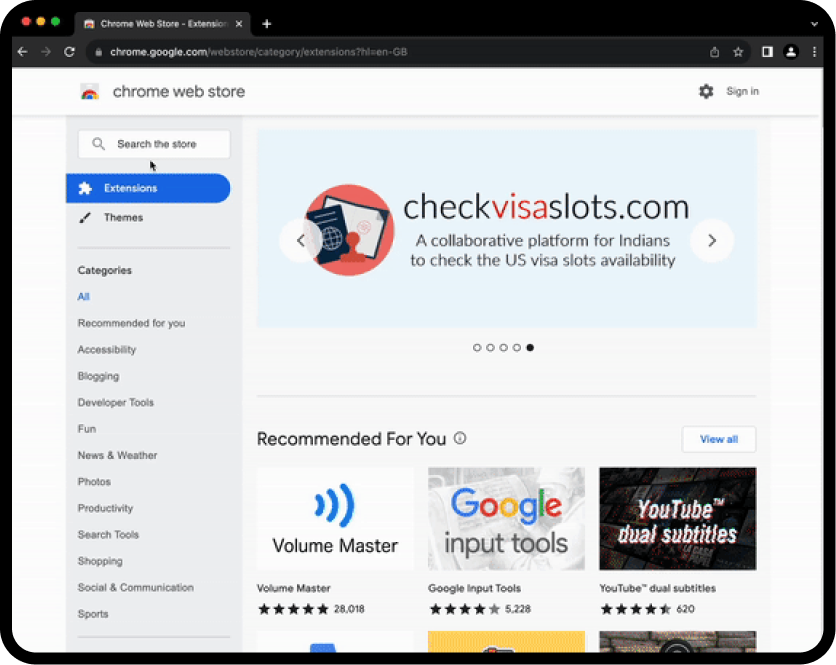QGIS Converter
Converts QGIS data formats and CRS definitions to different formats, enabling reproducible GIS data exchange for professionals across teams and projects.

Check It Yourself
About This Tool
QGIS Converter is a tool designed for GIS professionals, data engineers, and developers who need to move geospatial data and project configurations between formats and coordinate reference systems. It accepts multiple input forms, including QGIS project files and common vector data formats, and outputs in your chosen target format or CRS. By isolating format translation from manual rework, it reduces error-prone operations and speeds cross-platform data sharing.
Conceptually, the tool performs a structured data flow: ingestion of input, schema mapping, optional CRS transformation, and export to the requested format. It relies on standard GIS operations to reproject shapes, adjust attributes as needed, and ensure compatibility with target formats. When QGS/QGSX projects are involved, it can either flatten layers for export or preserve layer-level grouping when supported by the output. This separation of concerns allows reproducible results across environments and versions.
Beneficiaries include GIS analysts, urban planners, environmental scientists, and developers building GIS-enabled applications. Unique value lies in automated format and CRS translation with integrity checks, batch processing, and detailed validation reporting that catches geometry errors early. Core features include input format detection, CRS negotiation, optional geometry simplification, attribute handling, metadata preservation, and robust error reporting. Typical use cases are project migration, data sharing with clients, and downstream analysis pipelines.
How to Use
1. Provide input files or data payloads in supported formats (QGS/QGSX, Shapefile, GeoJSON, GeoPackage, CSV with geometry).
2. Specify the target format and target CRS (EPSG code) and optional advanced settings (precision, simplification, field mapping).
3. Run the conversion to generate an output file or in-memory dataset.
4. Retrieve and validate the produced data, ensuring CRS corresponds to the target and attributes are preserved.
5. Import the result into your GIS workflow or share with collaborators.

FAQs/Additional Resources
Find Quick Answers
What formats are supported?
Can it reproject data to a different CRS?
How does it handle large datasets?
User Reviews
See What Others Are Saying
Explore Related Tools
More Solutions for Your Needs
QR Link Extractor
Decodes QR code images to reveal the embedded URL for developers, marketers, and content creators who need fast link extraction.
QRP to PDF Converter
Convert QRP documents to PDF with a fast, secure online tool suitable for developers, researchers, and professionals needing portable, sharable archives.
Your Feedback Matters
Help Us to Improve

 Norwegian
Norwegian
 Danish
Danish
 German
German
 English
English
 Spanish
Spanish
 French
French
 Italian
Italian
 Dutch
Dutch
 Portuguese
Portuguese
 Swedish
Swedish
 Hebrew
Hebrew
 Arabic
Arabic









